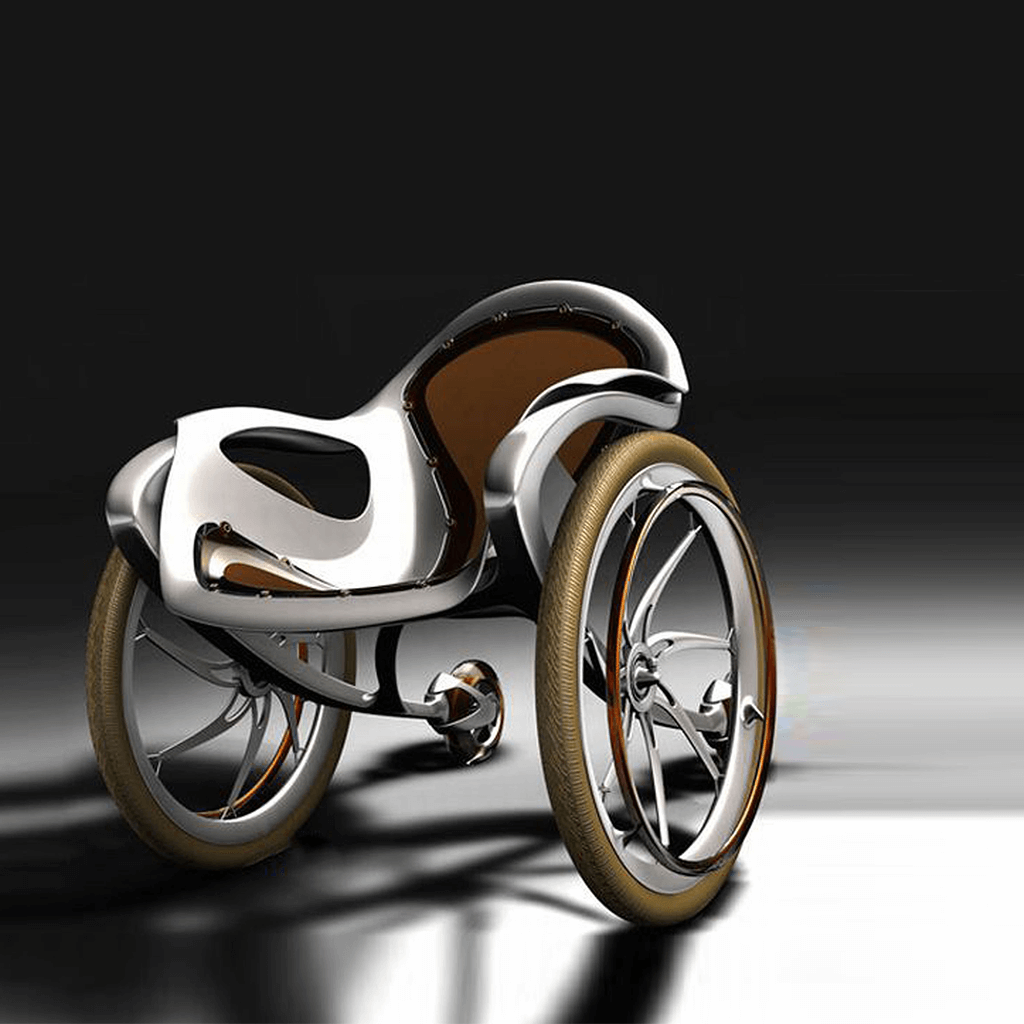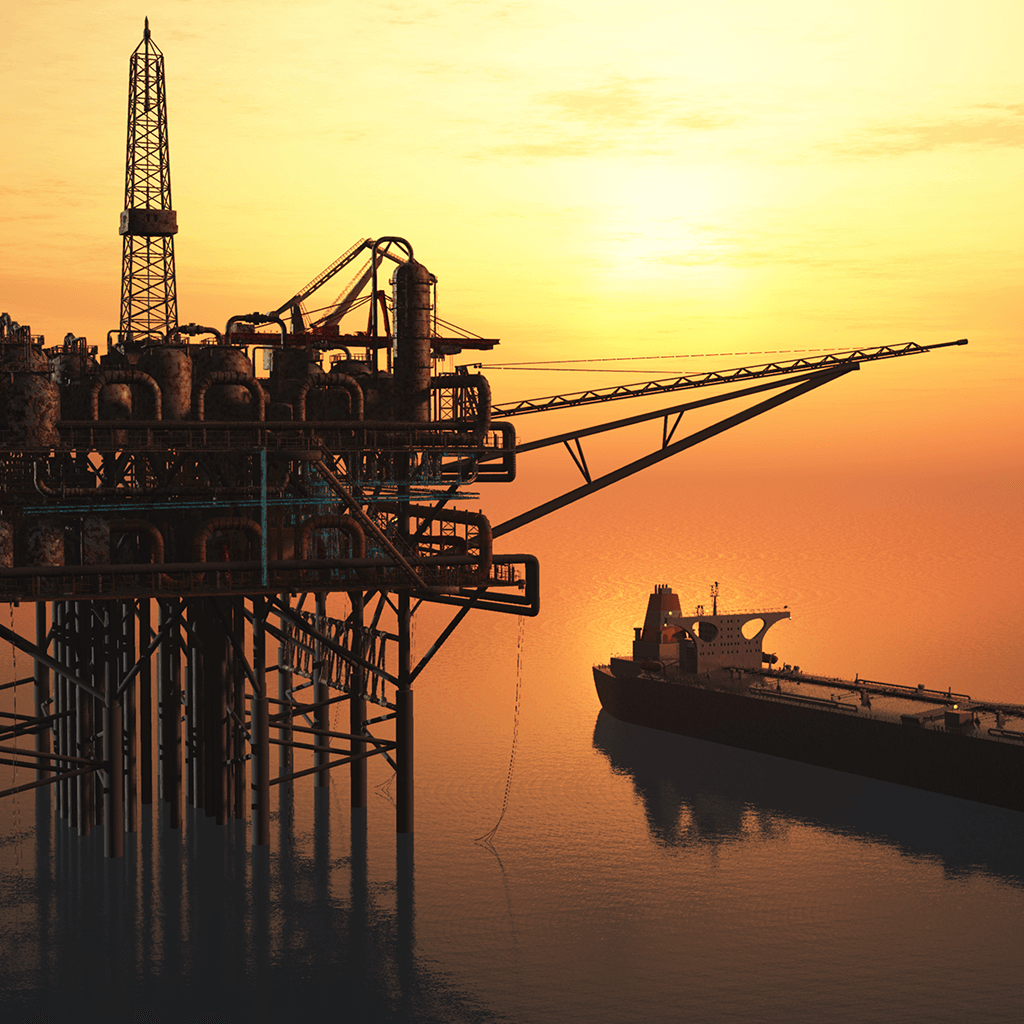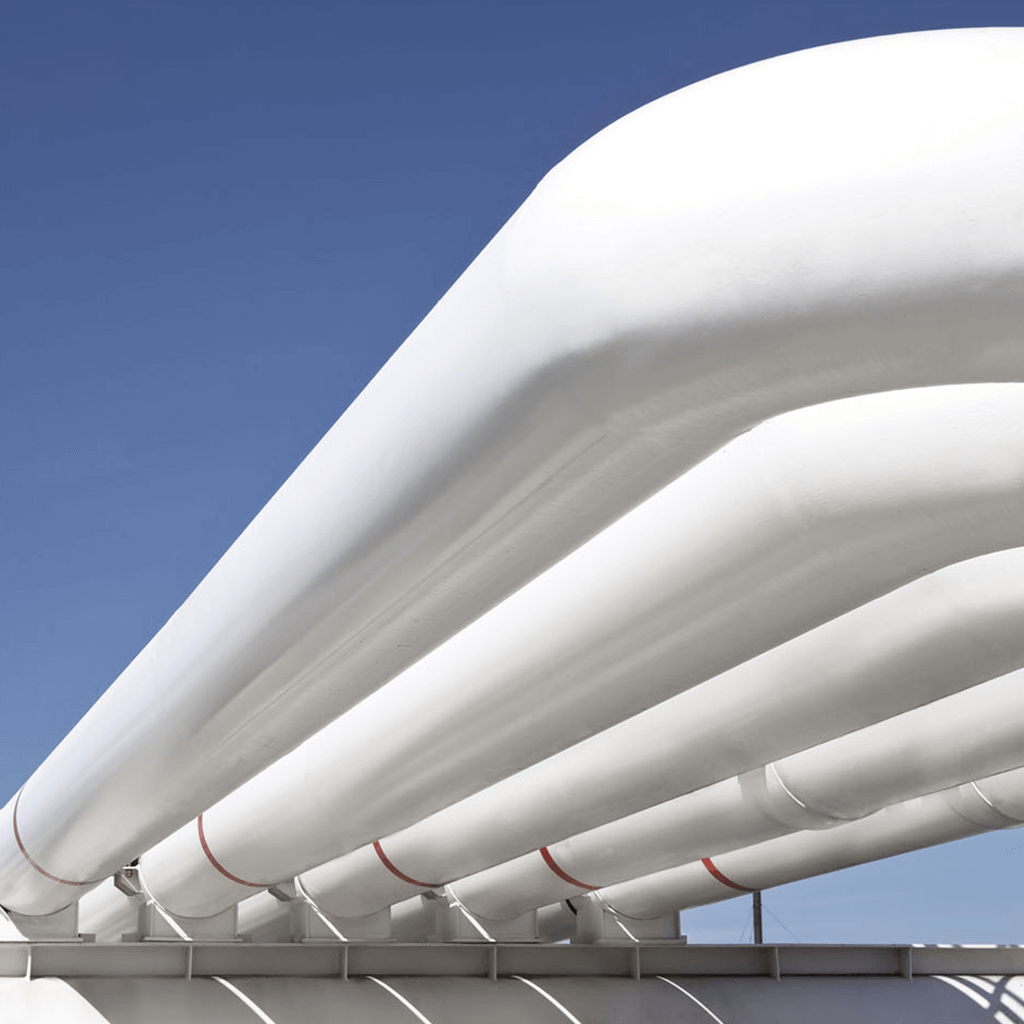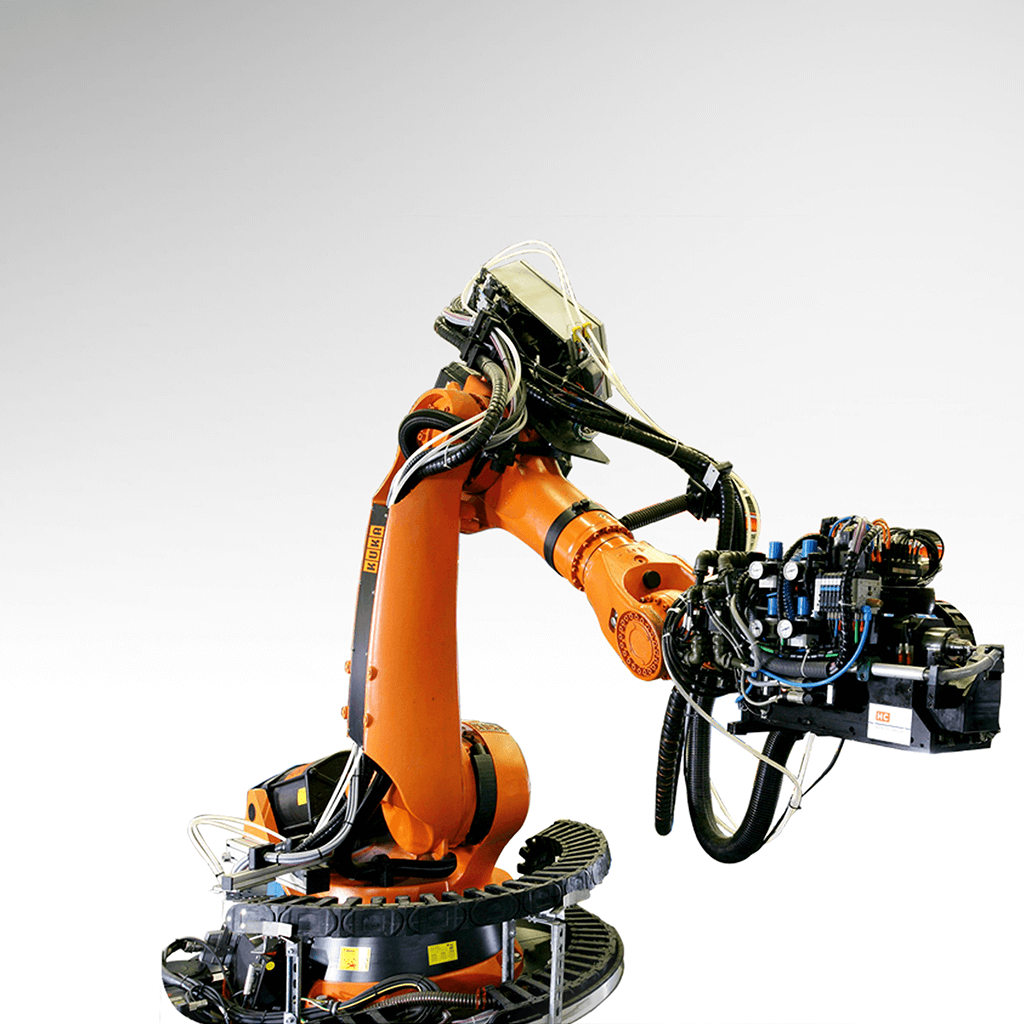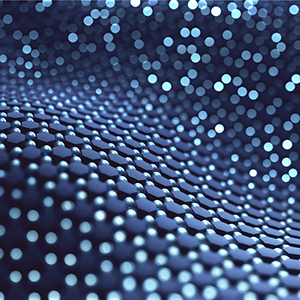Additive Fusion Technology (AFT) leverages carbon fibre and high-performance thermoplastics
9T Labs, experts in digital, automated and cost-competitive serial production of continuous fiber components, have pioneered and developed AFT and their Red Series® AFT is beginning to demonstrate a broad array of use-cases in mobility, robotics, medical, sport and bike components, and even aerospace as well. This article has been published in the JEC Composites Magazine N°150.

When you board an airplane, put your bags in the overhead compartment, sit down in your seat and buckle your seatbelt, you probably do not pay much attention to the hinges, brackets, seat spreaders, table tray supports or other parts that you interact with, most of which are metal and were created as they have long been, by subtractive manufacturing processes.
Subtractive manufacturing takes a block of material and carves out the piece that is needed, like a sculptor chiseling away at stone to reveal some beautiful piece of art. Additive manufacturing, born in the 1980s as an alternative method of manufacturing, uses composites or thermoplastic materials to build objects layer by layer with each bonding to the next until the object is complete. In the history of manufacturing, additive manufacturing is relatively new, which means the pace of innovation and development for new applications is continuing to grow and expand into new industries, like aerospace, to solve both old and new problems.
Cost, sustainability, flexibility and speed are good markers by which to measure success with any innovation. In the past, additive manufacturing was often seen as expensive, and limited in terms of the production scaling that could be achieved. Today, traditional and established subtractive manufacturing approaches are grappling with their own issues related to cost and sustainability. The price of fuel and aluminum is increasing and environmental sustainability is a growing concern for all industries.
Specifically, as it relates to fuel costs, the World Bank’s energy price index was up 26.3% in the first few months of 2022 alone, on top of a 50% increase between January 2020 and December 2021. All of this has been brought on by the growing costs of coal, oil and natural gas. In fact, according to the World Bank, “crude oil prices had increased by 350% from April 2020 to April 2022—the largest increase for any equivalent two-year period since the 1970s.” While the world bank predicts both natural gas and coal prices may decrease marginally in 2023, they will likely still be double their average over the last five years, with European natural gas prices even potentially being as much as four times higher.
Regarding aluminum, data from the World Bank show a little over two decades ago the cost of iron ore was a mere $13 per dry metric ton unit (DMTU) and in 2021 it was $164.77, up nearly twice what it was in 2020. Leading reasons for the increase include the significant rise in energy and raw material costs, growing demand, declining global production and inventories, and the impact of Covid-19.
Enter Additive Fusion Technology (AFT), an innovative and novel approach to additive manufacturing that leverages new developments in software and hardware to solve previously identified problems with composites manufacturing, making it truly competitive with traditional subtractive manufacturing on cost, speed and sustainability. Traditional composite fabrication utilises a more complex, and often manual, lay-up process that takes more time and offers fewer options for design geometry. By automating the process of composite manufacturing, AFT allows for the production of relatively small, strong parts that are lighter, cost less and offer a zero-waste proposition to traditional metal parts. Through this innovative technology, critical applications such as brackets and seat structures that have traditionally been made with metal, can now be successfully produced with composite materials.


Material costs for composite manufacturing depend on the type of polymer being used. For a continuous carbon fiber tape at 60% fiber volume content (FVC), one can generally expect to pay competitive rates. While it is true that increases in energy prices and raw material costs end up impacting all industries, there is an expectation that material costs related to composite manufacturing specifically will decrease substantially over the next few years, making it even more competitive.
How does Additive Fusion Technology (AFT) work?
Additive Fusion Technology (AFT) is a multi-step process that combines…

Want to read the end of this article ?
Subscribe now and access to the entire article published in the JEC Composites Magazine N°150.




